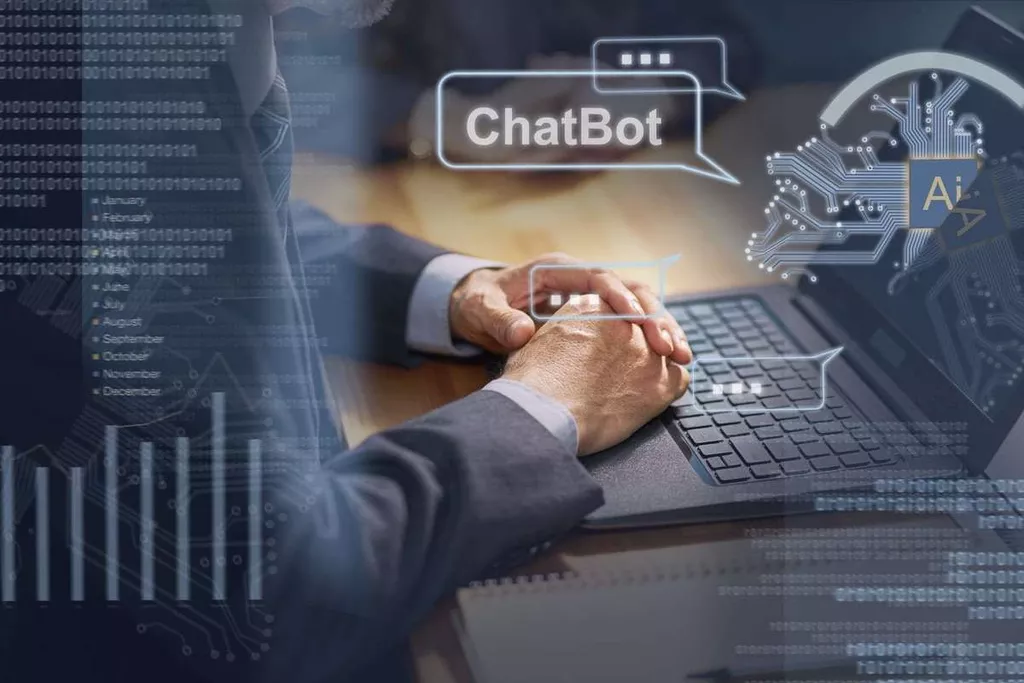AI-Powered Healthcare: How Chatbots Are Transforming Healthcare
The Development and Use of Chatbots in Public Health: Scoping Review PMC

This practice lowers the cost of building the app, but it also speeds up the time to market significantly. Rasa offers a transparent system of handling and storing patient data since the software developers at Rasa do not have access to the PHI. All the tools you use on Rasa are hosted in your HIPAA-complaint on-premises system or private data cloud, which guarantees a high level of data privacy since all the data resides in your infrastructure. Using these safeguards, the HIPAA regulation requires that chatbot developers incorporate these models in a HIPAA-complaint environment. This requires that the AI conversations, entities, and patient personal identifiers are encrypted and stored in a safe environment.
- However, as Privacy International commented in a review of the WHO guidelines, the guidelines do not go far enough in challenging the assumption that the use of AI will inherently lead to better outcomes [60].
- Such a system was proposed by Mathew et al [30] that identifies the symptoms, predicts the disease using a symptom–disease data set, and recommends a suitable treatment.
- Chatbot in the healthcare industry has been a great way to overcome the challenge.
- For example, in 2020 WhatsApp collaborated with the World Health Organization (WHO) to make a chatbot service that answers users’ questions on COVID-19.
Two-thirds of the apps contained features to personalize the app content to each user based on data collected from them. Seventy-nine percent apps did not have any of the security features assessed and only 10 apps reported HIPAA compliance. Table 1 presents an overview of other characteristics and features of included apps. Healthy diets and weight control are key to successful disease management, as obesity is a significant risk factor for chronic conditions.
Chatbots in treatment
Acropolium provides healthcare bot development services for telemedicine, mental health support, or insurance processing. Skilled in mHealth app building, our engineers can utilize pre-designed building chatbot technology in healthcare blocks or create custom medical chatbots from the ground up. These bots are used after the patient received a treatment or a service, and their main goal is to collect user feedback and patient data.
Whereas open-ended questions ensure that patients get a chance to talk and give a detailed review. Acquiring patient feedback is highly crucial for the improvement of healthcare services. Patients who are not engaged in their healthcare are three times as likely to have unmet medical needs and twice as likely to delay medical care than more motivated patients. Maybe for that reason, omnichannel engagement pharma is gaining more traction now than ever before. An AI healthcare chatbot can also be used to collect and process co-payments to further streamline the process. 30% of patients left an appointment because of long wait times, and 20% of patients permanently changed providers for not being serviced fast enough.
Assist in following treatment plans
These digital assistants, powered by artificial intelligence, are set to revolutionize how we access healthcare and manage our well-being. Here’s a glimpse into the future with ten predictions about these smart health buddies. However, some of these were sketches of the interface rather than the final user interface, and most of the screenshots had insufficient description as to what the capabilities were. Although the technical descriptions of chatbots might constitute separate papers in their own right, these descriptions were outside the scope for our focus on evidence in public health. A further scoping study would be useful in updating the distribution of the technical strategies being used for COVID-19–related chatbots.
